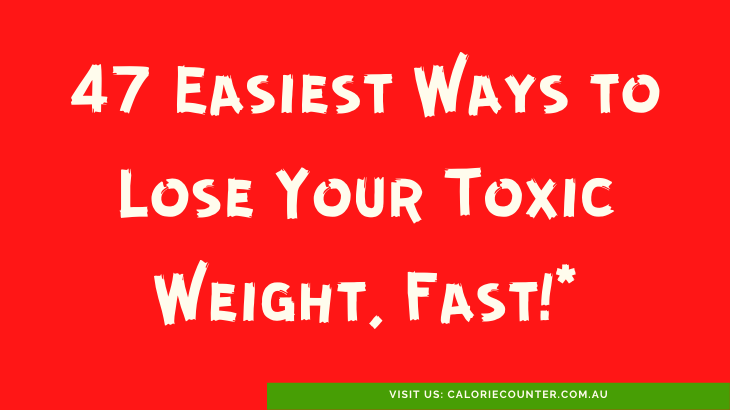Magnesium rich foods are good for your health and help build and maintain muscle. Magnesium is also beneficial for lowering blood pressure and cholesterol levels in your body. Most people get enough magnesium in their diets, but if you suffer from insomnia and/or muscle cramps, it can’t hurt to make sure you’re getting enough.
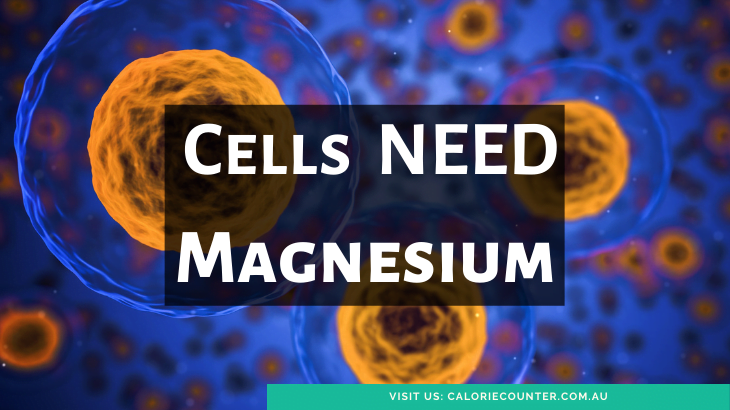
Magnesium is Essential
Magnesium is an essential mineral for life as we know it. It is important for cell growth, nerve cell communication, muscle function and thus, relaxation. It helps with weight loss by lowering appetite and blood pressure. More than 300 different enzymes active in our cells depend on magnesium to function. When we talk magnesium, we are talking about the fundamentals of how things get done in your body.

Magnesium Deficiency is Common
The average global recommendation for daily intake of magnesium is 300mg for men, and 270mg for women. In the US, the recommendation is 420mg for men, and 320mg for women. People are advised to increase their consumption of magnesium as they age, because cellular function degrades as they get older.
Unfortunately, studies show that up to 15% of the adult population does not get enough magnesium for optimal performance. Magnesium deficiency, known as Hypomagnesaemia, is the often hidden cause of a raft of niggling and sometimes serious health problems.

Muscles (and more) need Magnesium
Foods high in magnesium are good for your health and help reduce muscle pain at the same time. Your body needs magnesium to produce hormones which control muscle growth, contractions, digestion and more. Studies show consuming foods high in magnesium can significantly reduce joint pain in osteoarthritis patients as well as improve kidney function.

Magnesium and Sleep
Healthy magnesium levels are correlated with good sleep. When there is a magnesium deficiency, people sleep fitfully and tend to want to take naps during the day. Why is this? Magnesium is required for core nerve and muscle functions, and the human brain is simply a mass of nerves. It is hard to sleep or concentrate when muscles are twitching uncontrollably and nerves are not responding to the right stimuli when they should.

Mood Booster
Foods high in magnesium have been shown to improve mood and ease anxiety. Magnesium is important for muscle health, energy production, muscle relaxation and muscle tone. The biggest positive impact happens when a person with magnesium deficiency suddenly starts getting enough. If you are one of the 15% of people suffering from a deficiency, you will feel as though all of your cells have been given a new lease on life when you switch to magnesium rich foods.
Foods High in Mg
The good news is that magnesium is found in a wide range of different foods, so you won’t have to endure something you don’t like in order to get your Mg. Magnesium in food comes from the soil in which plants grow, so the best sources of magnesium are vegetables grown in mineral rich soils with lots of good water. These are some of the best sources of dietary (bioavailable) magnesium:
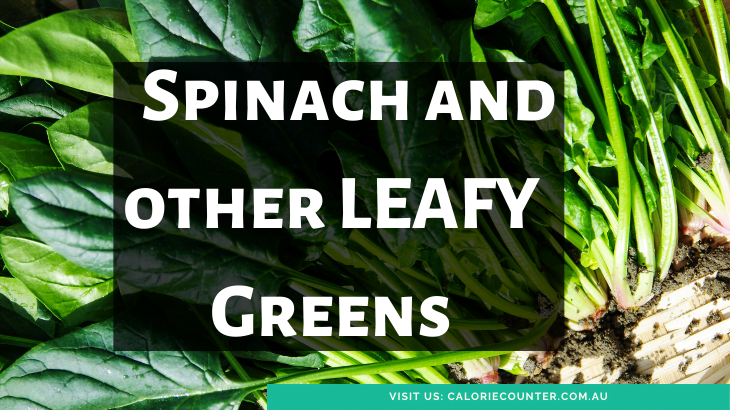
Spinach and other Leafy Greens
Just a handful of cooked spinach provides 29% of your daily value of magnesium. There are 79mg of magnesium in 100 grams of spinach.

Tomato
Tomatoes have significantly less magnesium on a per weight basis than leafy greens, but they are nonetheless a rich dietary source. There are 11mg of magnesium in 100g of tomato. One medium sized tomato contains about 5mg of magnesium.
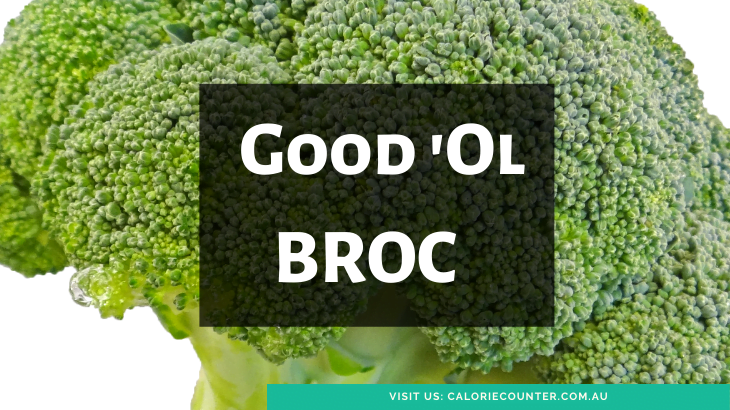
Broccoli, Cauliflower, other Leafy Green blossoms and stalks
If you don’t like the leaf part of leafy green veggies, why not try the other part? One cup of raw broccoli has 7mg of magnesium.

Beans and Pulses are Rich in Magnesium
Beans and pulses like soybean, chickpea, and lima bean are packed with magnesium. Soybeans for example cram 280mg of magnesium into each 100g weight. Beans contain more than just protein; they are also packed with fibre and plant hormones.
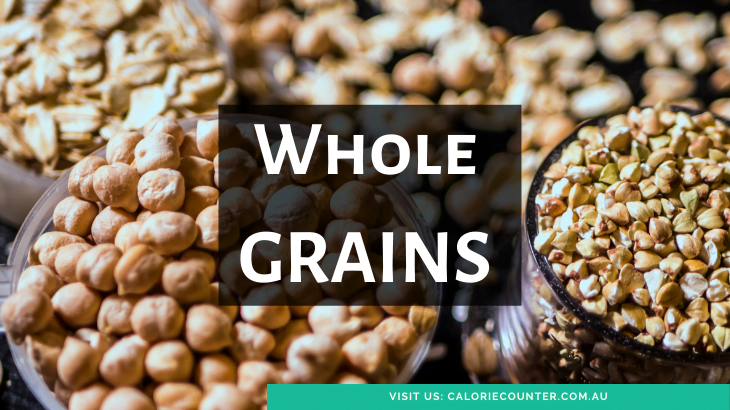
Whole Grains
Grains like barley, wheat, and rice are excellent sources of magnesium, but only if the outer husk (or part of it) are not processed away. Bran is a good option for this reason. Whole barley grains contain 22mg of magnesium per 100g.
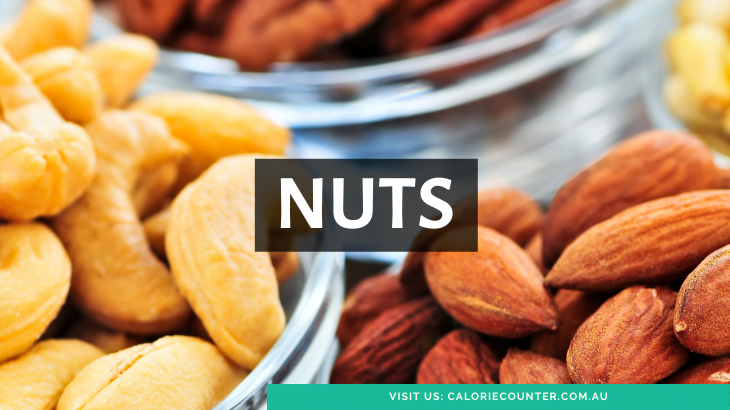
Nuts are High in Magnesium
All sorts of nuts, like almond and cashews, are great sources of magnesium. Almonds have a hefty 268mg of magnesium on a per 100 gram basis. Here’s how to make your own almond milk!

Seeds are Magnesium Mega Warehouses
Seeds, like nuts and beans, are bursting with magnesium. Think pumpkin, sunflower, and sesame seeds. Sesame seeds contain an astonishing 351mg of magnesium per 100 grams. It’s a pity they’re so small!
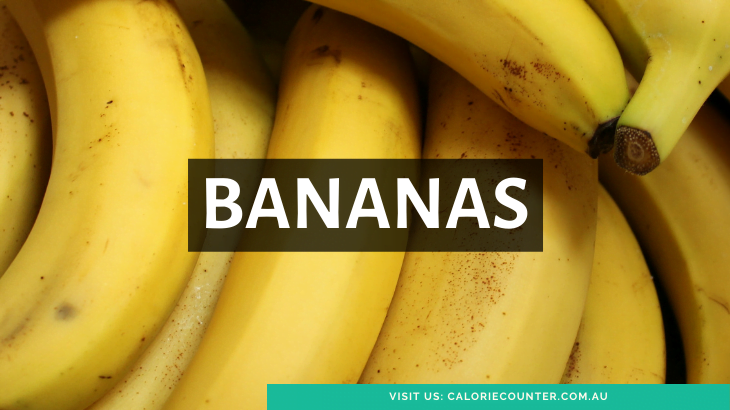
Do Bananas contain Magnesium?
Bananas do contain magnesium (27mg per 100g), so rack up another good reason to chow down on your favourite healthy afternoon snack!

Eat Halibut for Magnesium
If you’ve been reading this list of magnesium-rich foods and wondering if animal products have magnesium, worry not! Many types of seafood are great options for the magnesium-deprived. Case in point, halibut, with 23mg of magnesium per 100g.

Meat (Beef, Lamb, Pork, Chicken)
Generally speaking, meat is high in most minerals, magnesium is no exception. The average cut of beef has 21mg of magnesium per 100 grams.
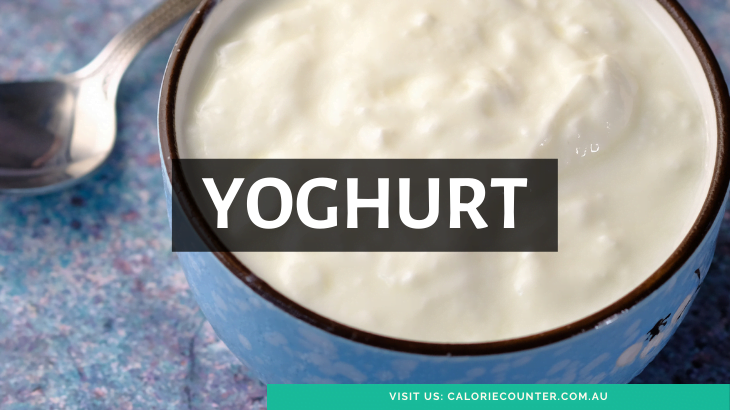
Yoghurt has good Magnesium
So it is not exactly the best source of magnesium (11mg/100g), but there is so much “goodness” in Greek yoghurt that we had to give it a mention. Getting enough magnesium comes down to getting a little bit here, a little bit there, until your daily intake accumulates to 300mg+. Yoghurt is a good example of a magnesium-rich food that make a solid contribution every day.
How a Magnesium Deficiency Happens
Unless you eat a handful of seeds, nuts, or a cup of beans every day, you will get to your recommended magnesium intake gradually, with leafy vegetables, meat, and fruit. Every meal and snack is an opportunity to eat some magnesium rich food, at the rate of about 20mg per 100g. The problem for some people, is that the numbers just don’t add up. Too much of the food eaten is “empty calories”, or perhaps too little food is eaten. The 300-400mg magnesium level is not reached.
Over time, a real magnesium deficiency happens. Sleep is poor, limbs are restless, concentration wavers, and “things just don’t feel right”.

Magnesium Supplements
The best way to get enough magnesium is to eat a balanced diet which includes a good amount of magnesium-rich foods like the ones we’ve listed above. However, taking a magnesium supplement is a valid option for people who are temporarily unable to hit their 300-400mg target every day. This 350mg magnesium citrate supplement is probably as good as magnesium supplements get. Check it out at Elite Supplements:






